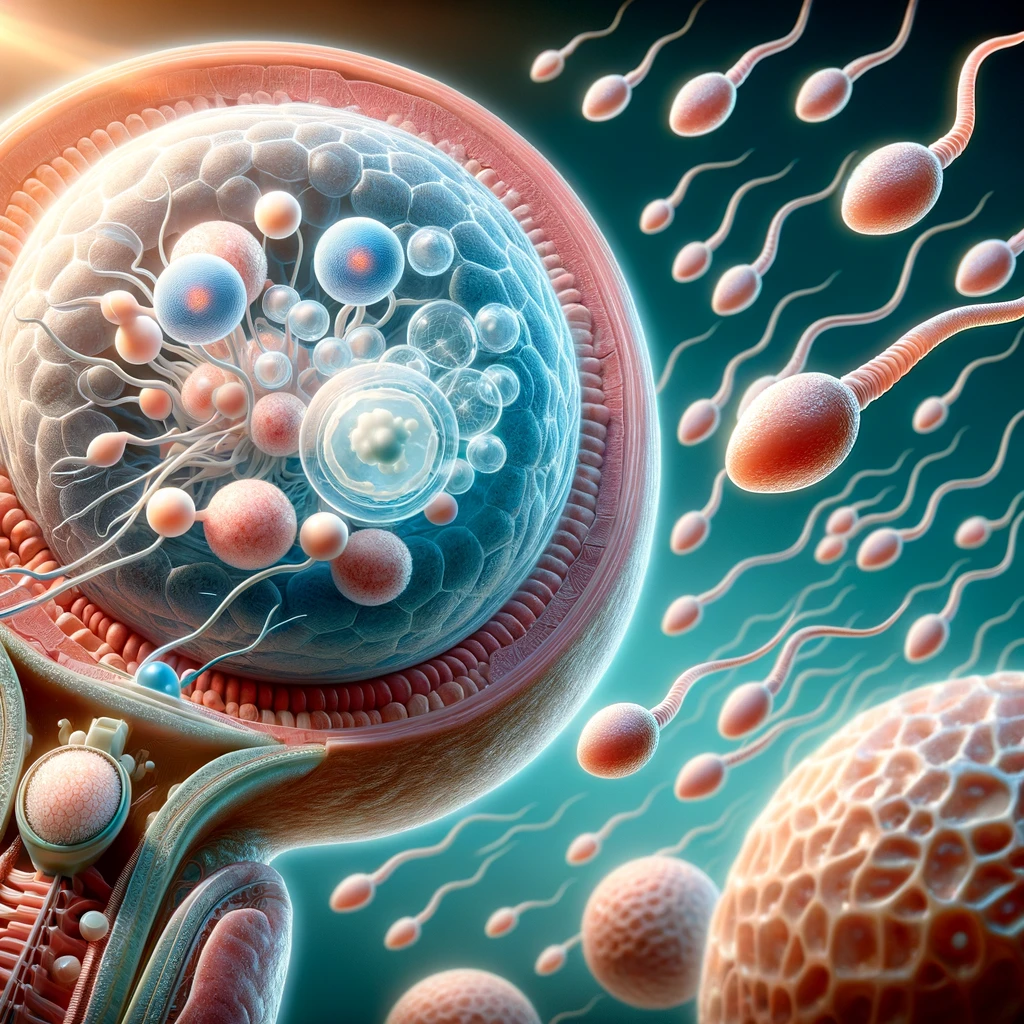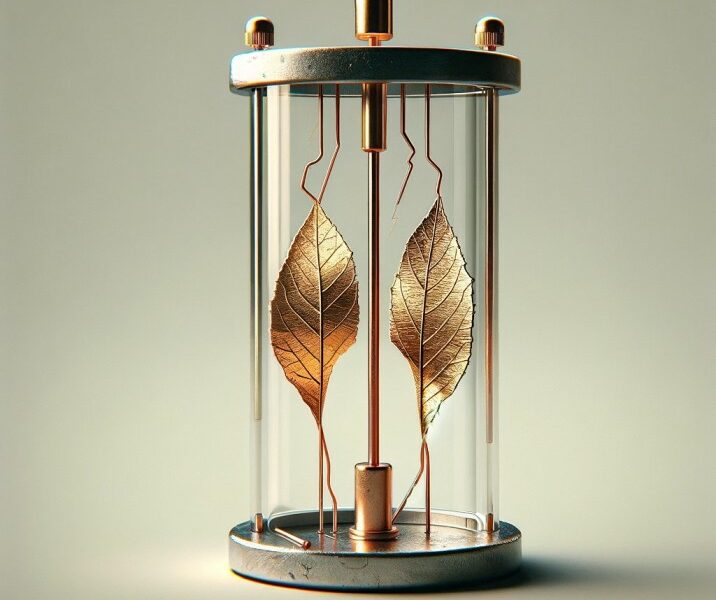What is gametogenesis in short answer? Think of it as the way animals and plants make their “baby-making” cells. For boys, these cells are called sperm, and for girls, they’re called eggs. When a sperm and an egg come together, they can create a new life. This process helps make sure that babies get a mix of traits from both their mom and their dad, making them unique!
Gametogenesis is a cornerstone of sexual reproduction, a natural mechanism that allows for genetic diversity, which is vital for the survival and evolution of species. This process involves the creation of male and female gametes, which carry half the genetic information of their parent organism. When these gametes unite during fertilization, they form a complete set of chromosomes, giving rise to a genetically unique individual.

The Process of Gametogenesis
Gametogenesis occurs through a series of steps involving cell division and differentiation, which can be broadly categorized into two main types: spermatogenesis and oogenesis.
Spermatogenesis
Spermatogenesis is the process by which sperm cells are produced in the testes of males. It starts with a diploid stem cell called a spermatogonium. Through mitosis, the spermatogonium divides into two cells, one of which will undergo several rounds of division and differentiation to become a mature sperm cell. This process includes a critical step called meiosis, where the cell’s DNA is halved, ensuring the sperm carries only one set of genetic information.
Oogenesis
Oogenesis, on the other hand, is the process by which egg cells, or ova, are produced in the ovaries of females. Similar to spermatogenesis, it begins with a diploid cell, in this case, an oogonium. Through meiosis, the oogonium divides, but unlike spermatogenesis, not all resulting cells become mature eggs. Instead, one cell becomes a large ovum containing most of the cytoplasm, while the other cells, called polar bodies, eventually degenerate. This uneven division ensures the ovum has enough resources to support the early stages of development if fertilization occurs.
Genetic Diversity Through Meiosis
A key aspect of gametogenesis is the reduction of the chromosome number by half through meiosis, ensuring that when fertilization occurs, the resulting offspring has a complete set of chromosomes. Additionally, meiosis introduces genetic variability through processes like crossing over and independent assortment, which shuffle genetic information, contributing to the genetic diversity of populations.
The Role of Hormones in Gametogenesis
Gametogenesis is tightly regulated by hormones. In males, testosterone plays a crucial role in stimulating spermatogenesis. In females, a cycle of hormonal changes involving estrogen and progesterone controls oogenesis and prepares the body for potential fertilization.
Gametogenesis is a fundamental biological process essential for sexual reproduction. It not only ensures the continuity of species but also introduces genetic variation, which is a driving force of evolution. Through the intricate processes of spermatogenesis and oogenesis, organisms pass on their genetic material to their offspring, allowing for the rich diversity of life that populates the Earth. Understanding gametogenesis provides insight into the complex interplay between genetics, biology, and evolution, highlighting the marvel of life and its perpetuation.


